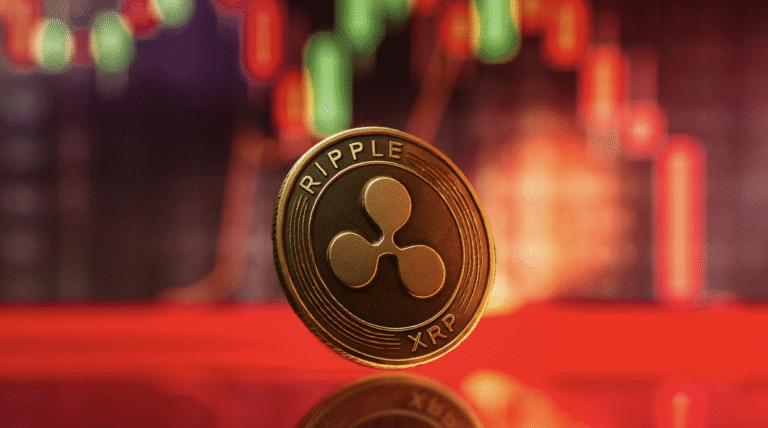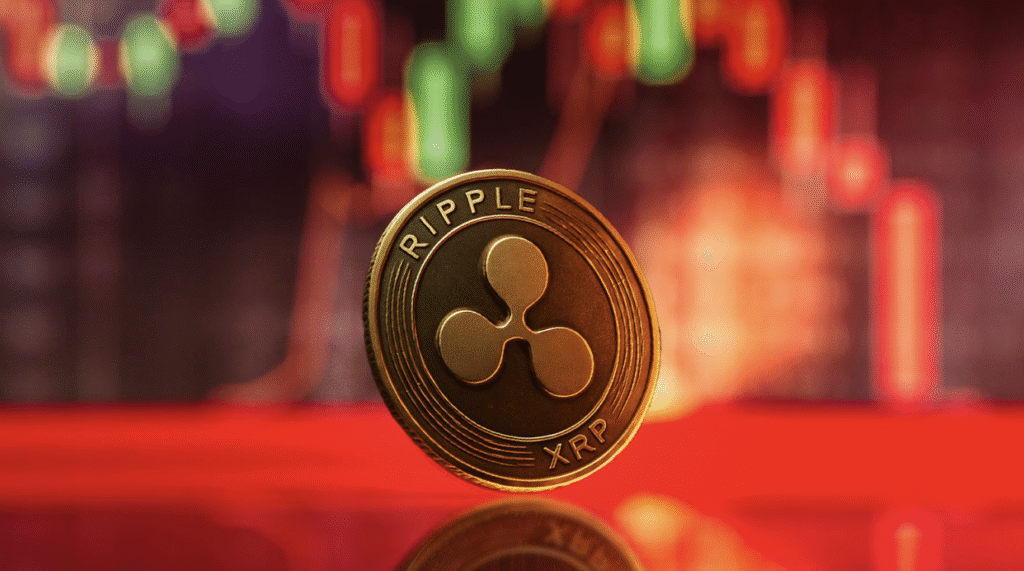Historic $300B Milestone Signals a Pivotal Moment for Stablecoins
The global stablecoin market has reached a significant milestone, exceeding $300 billion in total capitalization for the first time in the realm of digital finance. The increase happened in what is typically the calmest quarter for cryptocurrency, fueled by clearer regulations and a rise in institutional involvement.
According to data from DeFiLlama, the third quarter of 2025 marked an unprecedented surge in stablecoin activity, defying seasonal patterns as both retail and institutional investors increased their involvement with USD-pegged assets in the wake of significant policy changes.
USDT Continues to Hold a Leading Position in a Growing Market
Tether (USDT) continues to dominate the stablecoin landscape, holding a significant 58.52% market share and boasting a valuation of $176.24 billion. Circle’s USDC leads with a capitalization exceeding $74 billion, while USDe, the third-largest yield-bearing stablecoin, has achieved a valuation of $14.83 billion.
This distribution highlights USDT’s persistent supremacy even in the face of increasing competition from emerging players. Experts highlight that Tether’s extensive global liquidity and seamless integration into exchanges are significant benefits as the adoption of stablecoins continues to grow.

Regulatory Breakthroughs Boost Institutional Confidence
Two significant regulatory advancements played a crucial role in driving the Q3 surge: the Genius Act and revised SEC accounting guidance. The Genius Act created a definitive legal structure for stablecoins in the United States, and the SEC’s guidance categorized USD-pegged stablecoins as cash equivalents on balance sheets.
This regulatory clarity greatly alleviated uncertainty for institutions. The search activity for “stablecoin” on Google surged immediately following these announcements, indicating an increase in retail interest and institutional investigation efforts.
Recommended Article: $20B Funding Round Could Push Tether to $500B—Meanwhile MAGAX Stage 2 Offers Early Entry at Lowest Price
Q3 Sets New Records for Stablecoin Activity
Historically, the third quarter of the year experiences subdued activity in the crypto market. Nonetheless, Q3 2025 broke this trend, emerging as the most dynamic phase in the history of stablecoins. The clear regulatory environment and heightened investor confidence led to remarkable transaction volumes and significant user growth on DeFi platforms.
CEX.io’s report revealed a rise in stablecoin usage across centralized exchanges, payment applications, and yield-bearing protocols, underscoring their expanding significance as both a liquidity bridge and a standalone financial instrument.
The Global Role of the US Dollar Grows Through Digital Channels
According to John Murillo, Chief Business Officer at B2BROKER, the rise of stablecoins is enhancing the global dominance of the US dollar. He clarified that 98% of stablecoins are linked to the dollar, further integrating the USD into decentralized finance, international transactions, and economies facing inflation challenges.
“In countries such as Nigeria and Venezuela, digital dollars are now more prevalent than local currencies,” Murillo observed, highlighting the impact of stablecoins in reinforcing USD supremacy in the digital space.
Emerging Systemic Risks in the Wake of Rapid Expansion
While the outlook remains optimistic, specialists caution that the swift expansion of the stablecoin sector carries inherent systemic risks. A significant number of stablecoins function beyond the reach of conventional banking regulations, which brings to light issues regarding the clarity of reserves, the management of liquidity, and the potential shortcomings in regulatory supervision.
Murillo warned that an unexpected loss of confidence, whether stemming from backing uncertainty or platform failure, could disrupt both the cryptocurrency markets and segments of the traditional financial system, given their increasing interconnections.
Stablecoins Gain Autonomy From US Oversight, Reshaping Global Monetary Power Dynamics
With the rise of stablecoins in decentralized networks, they are becoming more autonomous from US regulatory bodies, which may restrict Washington’s direct monetary power on a global scale. This situation poses a strategic challenge for decision-makers, as stablecoins broaden the influence of the US dollar while diminishing governmental oversight over its transmission pathways.
Experts indicate that the approach regulators take in managing this shifting balance of power will influence the forthcoming phase of stablecoin development on a global scale.















